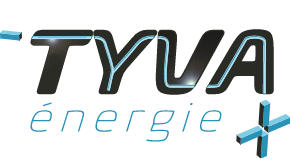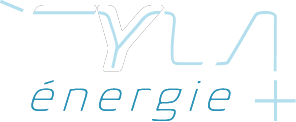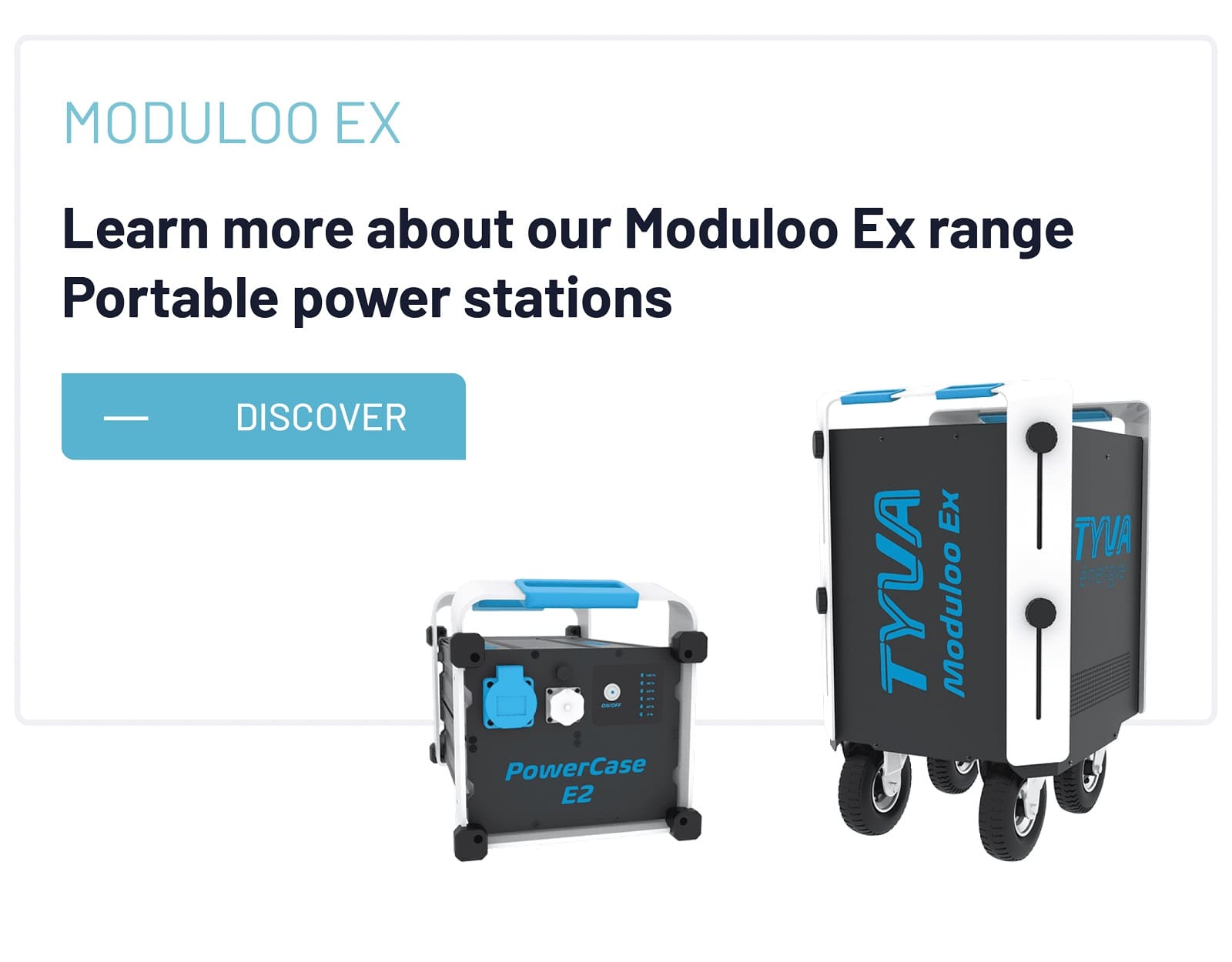Now that we are fully equipped and that we know we won’t struggle with autonomy, we hope everything will go well! The rehearsal also went well. You must come and see us Lyon! Or in Grenoble if you live close on September 2nd and you wish to see the general rehearsal on Saturday afternoon. If you are closer to Lyon, you have to come on the afternoon of Sunday, September 10th from 2.30PM at the Place des Terreaux square. You don’t have a choice anyway!
Let's get in touch
A project you want to discuss about? Need more information? Want to know more about our sustainable and modular lithium batteries solutions?




